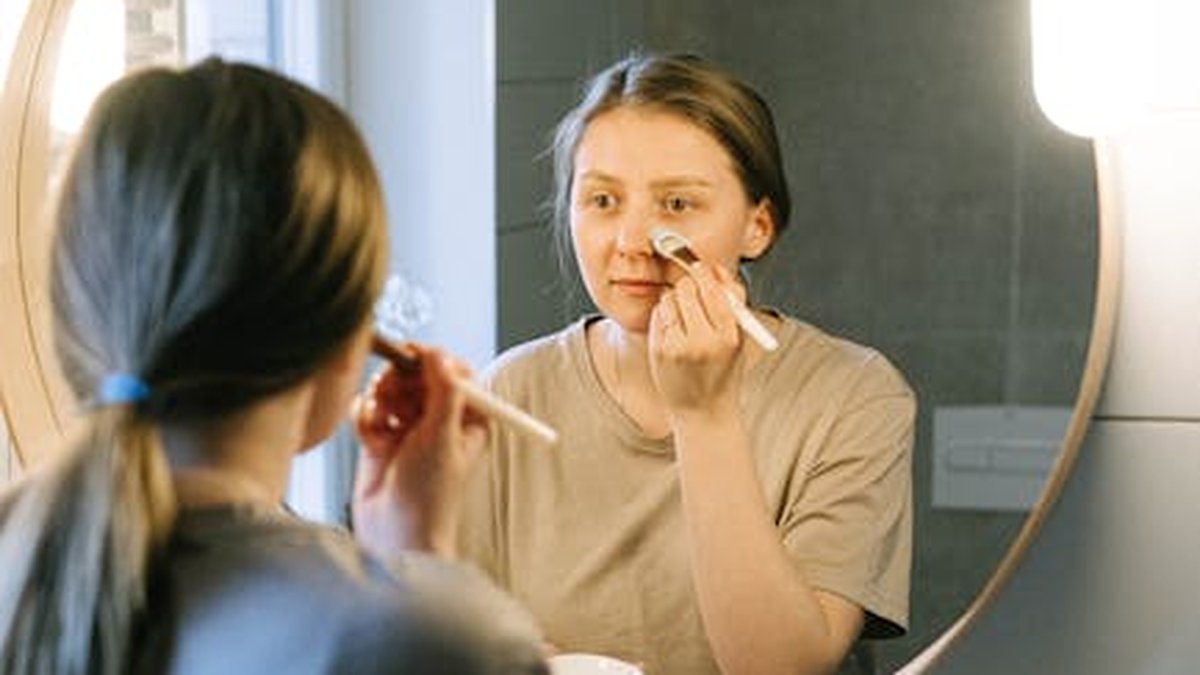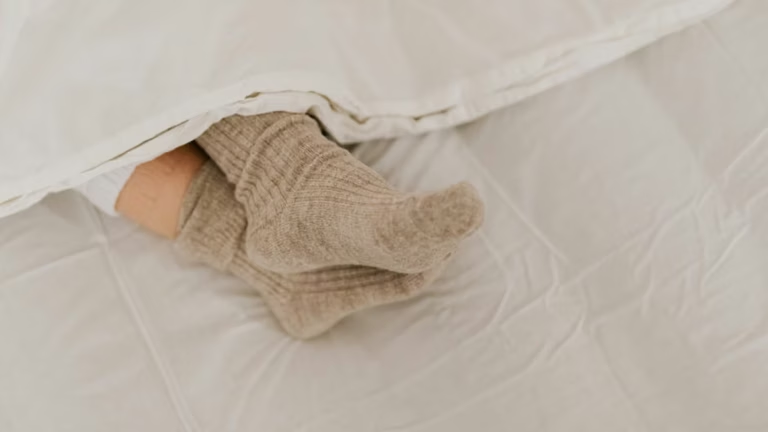Managing Eczema Flare-Ups in the Dry Autumn Air: Skincare Tips and Treatment Options
Autumn’s arrival brings cozy sweaters, vibrant foliage, and pumpkin spice lattes. But for those with eczema, it can also herald the unwelcome return of dry, itchy, and inflamed skin. The drop in humidity and cooler temperatures can trigger flare-ups, making it crucial to adjust your skincare routine and understand your treatment options.
Understanding Autumn Eczema Flare-Ups
Why does eczema often worsen in the fall? Several factors contribute to this seasonal increase in flare-ups:
- Lower Humidity: Autumn air holds less moisture, leading to drier skin that’s more prone to irritation.
- Indoor Heating: Central heating systems further dry out the air, exacerbating the problem.
- Changes in Clothing: Wool sweaters and heavier fabrics can irritate sensitive skin.
- Increased Exposure to Allergens: Mold and dust mites, common autumn allergens, can trigger eczema.
Skincare Tips for Eczema in Autumn
Proactive skincare is key to managing eczema during the fall. Here are some essential tips:
Gentle Cleansing
Avoid harsh soaps and cleansers that strip the skin of its natural oils. Opt for gentle, fragrance-free, and hypoallergenic cleansers. Look for products specifically designed for sensitive skin. Use lukewarm water instead of hot water, which can further dry out the skin. Pat your skin dry gently with a soft towel instead of rubbing.
Moisturize, Moisturize, Moisturize
Moisturizing is the cornerstone of eczema management. Apply a thick, emollient moisturizer immediately after bathing, while your skin is still damp. This helps to lock in moisture. Reapply moisturizer throughout the day, especially after washing your hands or being exposed to cold air. Look for moisturizers containing ceramides, hyaluronic acid, or shea butter, which help to repair the skin barrier. Consider using a thicker ointment or balm at night for extra hydration.
Humidify Your Home
Combat the drying effects of indoor heating by using a humidifier, especially in your bedroom. Aim for a humidity level of around 40-50%. Clean the humidifier regularly to prevent mold growth.
Choose the Right Fabrics
Wear soft, breathable fabrics like cotton next to your skin. Avoid wool and synthetic fabrics that can irritate eczema-prone skin. Wash new clothes before wearing them to remove any potential irritants.
Avoid Irritants
Be mindful of potential irritants in your environment, such as harsh chemicals, fragrances, and detergents. Use fragrance-free laundry detergents and cleaning products. Wear gloves when doing household chores to protect your hands.
Eczema Treatment Options
While good skincare can help manage mild eczema, more severe flare-ups may require medical treatment. Consult with a dermatologist to determine the best course of action for you.
Topical Corticosteroids
Topical corticosteroids are commonly prescribed to reduce inflammation and itching. They come in various strengths, and your doctor will recommend the appropriate potency based on the severity of your eczema. Use them as directed and avoid prolonged use, which can lead to side effects.
Topical Calcineurin Inhibitors
Topical calcineurin inhibitors, such as tacrolimus and pimecrolimus, are non-steroidal alternatives to corticosteroids. They work by suppressing the immune system’s response in the skin. They are often used for long-term maintenance therapy.
Emollients with Prescription Ingredients
Some prescription emollients contain ingredients like urea or lactic acid, which help to hydrate and exfoliate the skin. These can be beneficial for very dry and scaly eczema.
Systemic Medications
In severe cases of eczema, systemic medications, such as oral corticosteroids or immunosuppressants, may be necessary. These medications have more potential side effects and are typically reserved for cases that do not respond to topical treatments.
Phototherapy
Phototherapy, or light therapy, involves exposing the skin to ultraviolet (UV) light. This can help to reduce inflammation and itching. It is often used for moderate to severe eczema.
When to See a Doctor
It’s important to consult with a doctor or dermatologist if:
- Your eczema is severe or not responding to over-the-counter treatments.
- You have signs of infection, such as pus, redness, or fever.
- Your eczema is interfering with your sleep or daily activities.
By understanding the triggers of autumn eczema flare-ups and implementing a consistent skincare routine, you can effectively manage your symptoms and enjoy the beauty of the season without the discomfort of itchy, irritated skin. Remember to be patient and consistent with your skincare routine, and don’t hesitate to seek professional help if needed. With the right approach, you can keep your eczema under control and enjoy a comfortable and healthy autumn.






